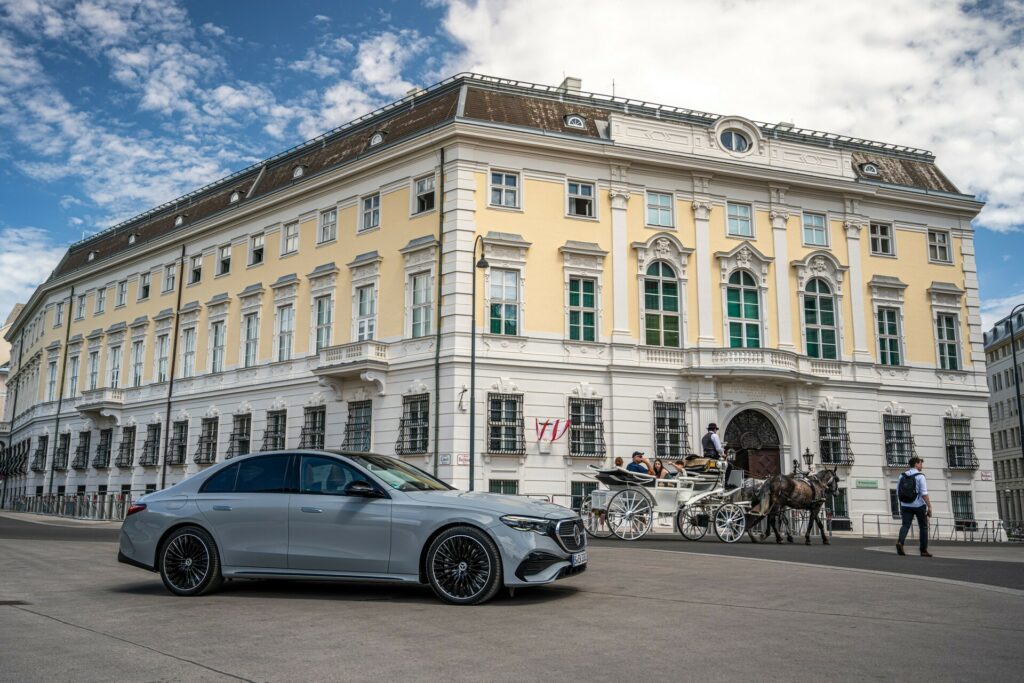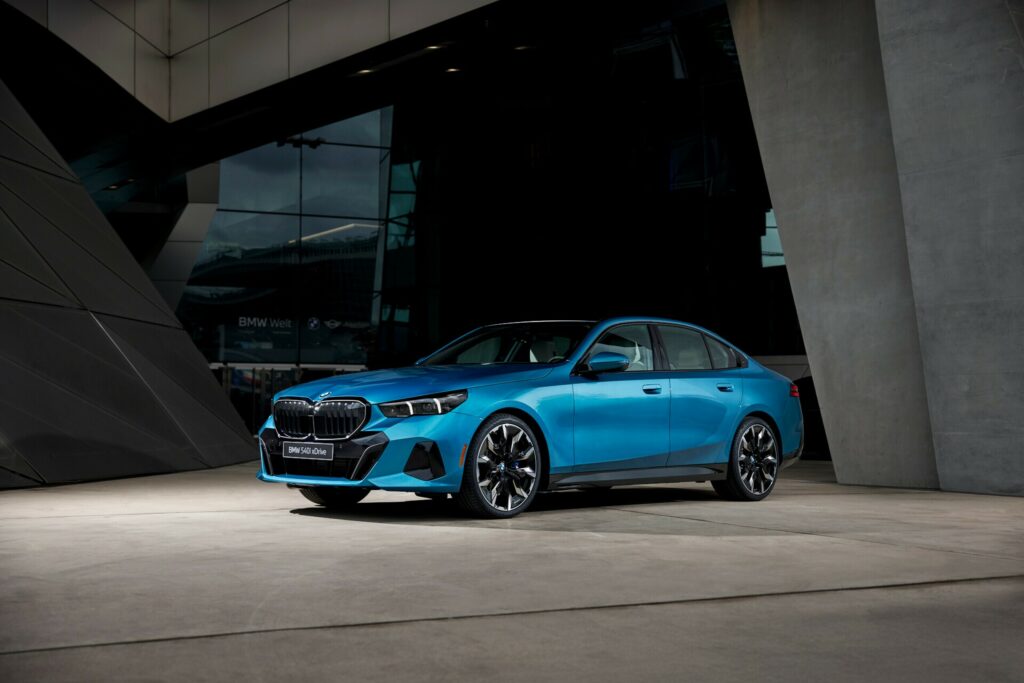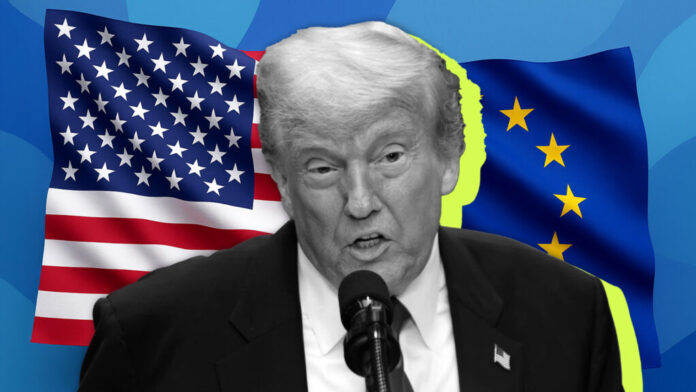- Through the new trade deal, the US will reduce tariffs on vehicles made in Europe.
- A flat 15 percent tariff will be applied to most EU goods, but 50 percent remains for steel.
- President Donald Trump had threatened to impose 30 percent tariffs on the EU from August 1.
After months of negotiations, the United States and European Union have agreed to an important new trade deal. Not only will this have an important impact on the automotive sector, but it will influence all other industries, and has already had a positive impact on share markets around the world. This deal also comes shortly after President Donald Trump reached an agreement with Japan over tariffs.
var adpushup = window.adpushup = window.adpushup || {que:[]};
adpushup.que.push(function() {
if (adpushup.config.platform !== “DESKTOP”){
adpushup.triggerAd(“0f7e3106-c4d6-4db4-8135-c508879a76f8”);
} else {
adpushup.triggerAd(“82503191-e1d1-435a-874f-9c78a2a54a2f”);
}
});
In the lead-up to a recent meeting with European Commission chief Ursula von der Leyen, President Trump had threatened the EU with sweeping 30 percent tariffs. However, the two sides have agreed on a 15 percent rate to be applied to most EU goods. Importantly, this extends to the automotive industry and will lessen the impact of earlier 27.5 percent tariffs applied against them.
Read: Thousands Of Cars Piling Up At European Ports And It Could Get Much Worse
Through the deal, the EU has agreed to buy $750 billion worth of oil, gas, nuclear fuel, and semiconductors from the US over three years. It will also invest $600 billion in the US, which includes the purchase of expensive military equipment. Von der Leyen also explained that there will be zero tariffs on “all aircraft and component parts, certain chemicals, certain generics, semiconductor equipment, certain agricultural products, natural resources, and critical raw materials.”
“I think this is the biggest deal ever made,” Trump added while speaking with reporters.

Some Details Still Need To Be Finalized
However, a 50 percent tariff on steel and aluminum remains in place. It’s possible this could be replaced with a quota system, but this is something that will need to be negotiated at a later date. According to Reuters, the EU has also agreed to lower non-tariff barriers on cars and some agricultural products, but important details are still being discussed between the two parties.
While the 15 percent tariffs are certainly better than the 30 percent tariffs that President Trump had threatened to enforce from August 1 if a deal couldn’t be reached, they are still up significantly from the average 4.8 percent tariff from before Donald Trump returned to the Oval Office.
var adpushup = window.adpushup = window.adpushup || {que:[]};
adpushup.que.push(function() {
if (adpushup.config.platform !== “DESKTOP”){
adpushup.triggerAd(“bb7964e9-07de-4b06-a83e-ead35079d53c”);
} else {
adpushup.triggerAd(“9b1169d9-7a89-4971-a77f-1397f7588751”);
}
});

var adpushup = window.adpushup = window.adpushup || {que:[]};
adpushup.que.push(function() {
if (adpushup.config.platform !== “DESKTOP”){
adpushup.triggerAd(“bb7964e9-07de-4b06-a83e-ead35079d53c”);
} else {
adpushup.triggerAd(“9b1169d9-7a89-4971-a77f-1397f7588751”);
}
});



